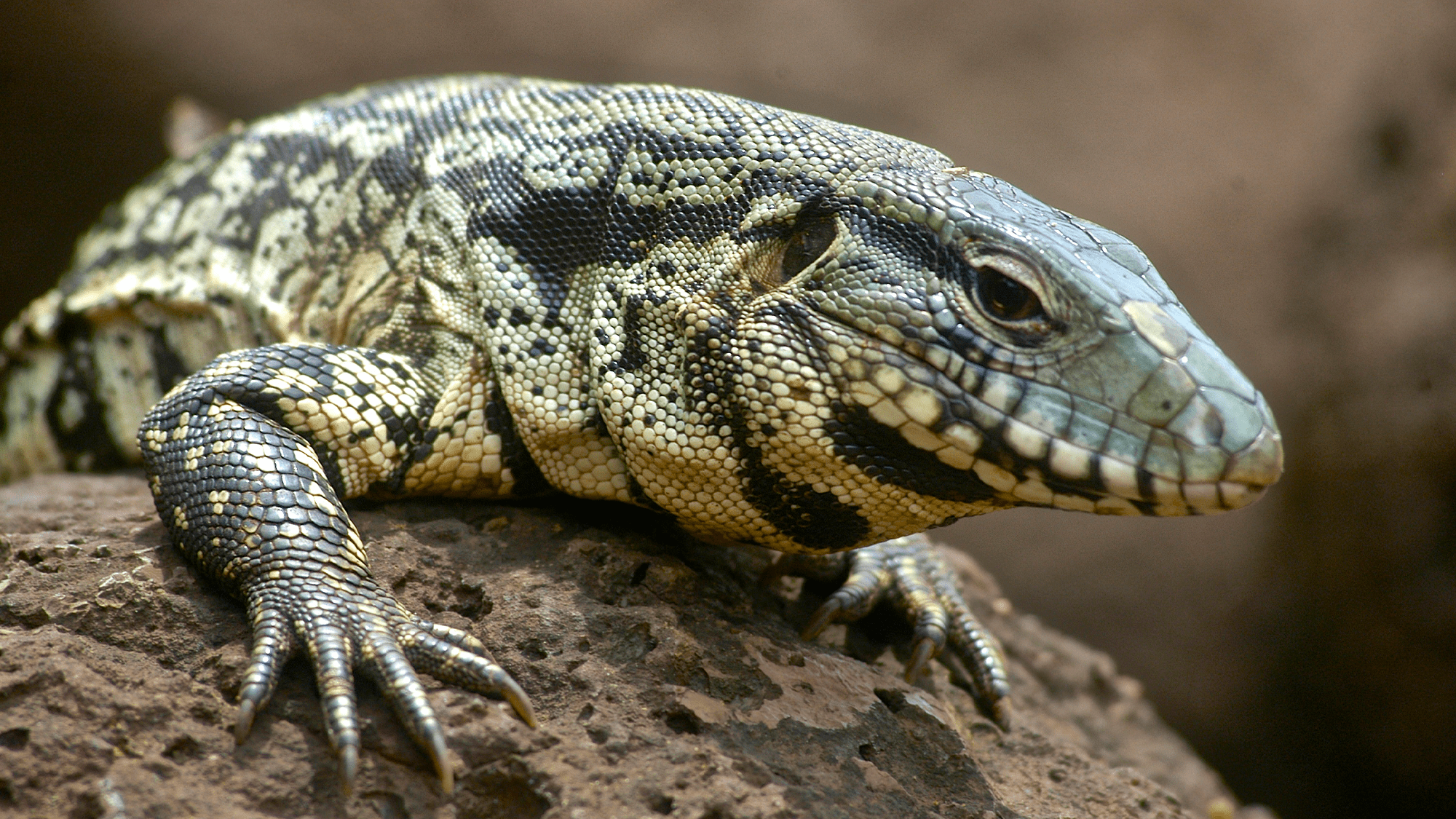Now Reading: Stubby Dinosaur’s Armor Redefined Prehistoric Defense
-
01
Stubby Dinosaur’s Armor Redefined Prehistoric Defense
Stubby Dinosaur’s Armor Redefined Prehistoric Defense

Quick Summary
- Discovery of Spicomellus afer: The spiked dinosaur Spicomellus afer is the oldest known ankylosaur with a tail weapon, living 165 million years ago during the Middle jurassic period.
- Unique Features:
– Featured a collar of three-foot-long neck spikes, upward-growing spikes over its hips, blade-like spikes on its torso, and armor plates across its shoulders.
– Had bony spikes growing directly from ribs – unique among known dinosaurs.
– Likely possessed a spiked or club-like tail weapon based on fused vertebrae evidence.
- Evolutionary Importance:
– Challenges previous theories of how ankylosaurs evolved defensive features like armor and tail weapons.
– Shows adaptations appeared much earlier than previously thought in ankylosaurs’ evolutionary timeline.
- Study Background:
– First described in 2021 based on a single rib bone; further discoveries were made near Boulemane,Morocco,in 2022.
- Key contributions by paleontologists Susannah Maidment and Richard Butler highlight Africa’s critical role in dinosaur evolution studies.
Indian Opinion Analysis
The discovery of Spicomellus afer marks an meaningful evolution milestone for prehistoric sciences globally. For india specifically – given india’s increasing investments in paleontology and archeological studies – such findings reinforce the value of international collaboration to understand Earth’s biological history better.Notably, Spicomellus’ unique defensive features challenge prior notions about early dinosaur development and showcase the scientific significance of underexplored regions like Africa.India’s paleontologists can draw parallels from this research to perhaps excavate new sites domestically that link India’s own geological past with evolving ecosystems globally.This study also emphasizes how fossil studies focus equally on biological details (like defense mechanisms) as well as broader evolutionary strategies across eras.























